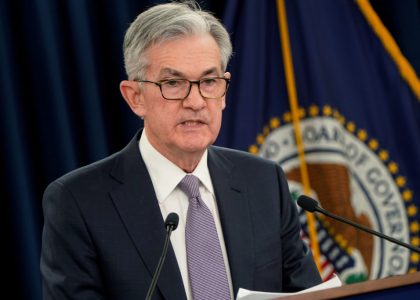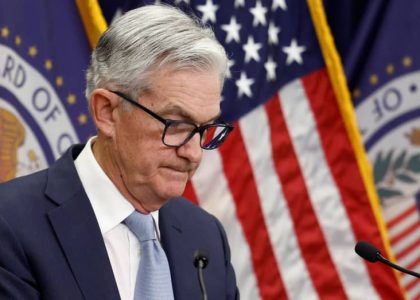The interaction among the 10-Year Treasury Note's market participants provides a great example of how the commercial traders' actions, as categorized in the weekly Commitments of Traders report, can be predictive of future market movement. More importantly, this information can provide keen insight ahead of major market news events like the September FOMC meeting.
First, a brief lesson in the trading methodology employed by the commercial traders. The commercial traders are lumped into a single entity whose behavior is based on executing interest rate hedges as a necessary course of their business. Their hedging is based on two key factors. One, their macro outlook on the market in question. This includes their general expectation of trending or range-based pricing along with their assessment of any pending market news. Secondly, their actions are based on their collective, "fair value" of the market with these variables priced in. This makes them mean reversion traders within the context of their collective macro outlook.
Now, let's apply these assumptions to the included chart. Trends are based on the accumulation and distribution of positions among the market's largest participants. The commercial traders' total position is about three times the size of the large speculators.' The accumulation and distribution points in the chart below indicate the actions being taken by the commercial traders. We use the MACD indicator to track the momentum of their buying and selling. Notice that commercial buying provided the support necessary through spring to push the market higher late this summer. Their actions correctly predicted both the June and July FOMC meetings. It's important to remember that these are the brightest, largest and most well-connected traders in the markets. Also, notice that they correctly predicted the outcome of the two main market events this summer., they've been able to reduce their net position size at the new higher prices while the speculators were forced to cover at a loss.
They've used this as a period of distribution. They've been able to reduce their net position size at the new higher prices while the speculators were forced to cover at a loss. Also, notice that the large speculators had reversed their position and were the most bullish trading group heading into early August. Finally, as expected, many large speculators were stopped out of the long side as the market fell through the support that had built up around 130^16. Their net position declined by more than 140k contracts since August 1st. This is a classic trap playing out in real-time as the commercial traders appear to have been waiting anxiously below this level to begin repurchasing 10-year Treasury Note futures in anticipation of higher prices and lower yields. Their buying is exceptionally noteworthy given that the September FOMC meeting is three weeks away.

The commercial traders have done a wonderful job of forecasting the interest rate markets in 2016, including correctly forecasting the market direction of the last two FOMC meetings. We believe their streak will continue as their information is better than ours. Fortunately, they leave a big enough wake for us to follow safely along behind.






